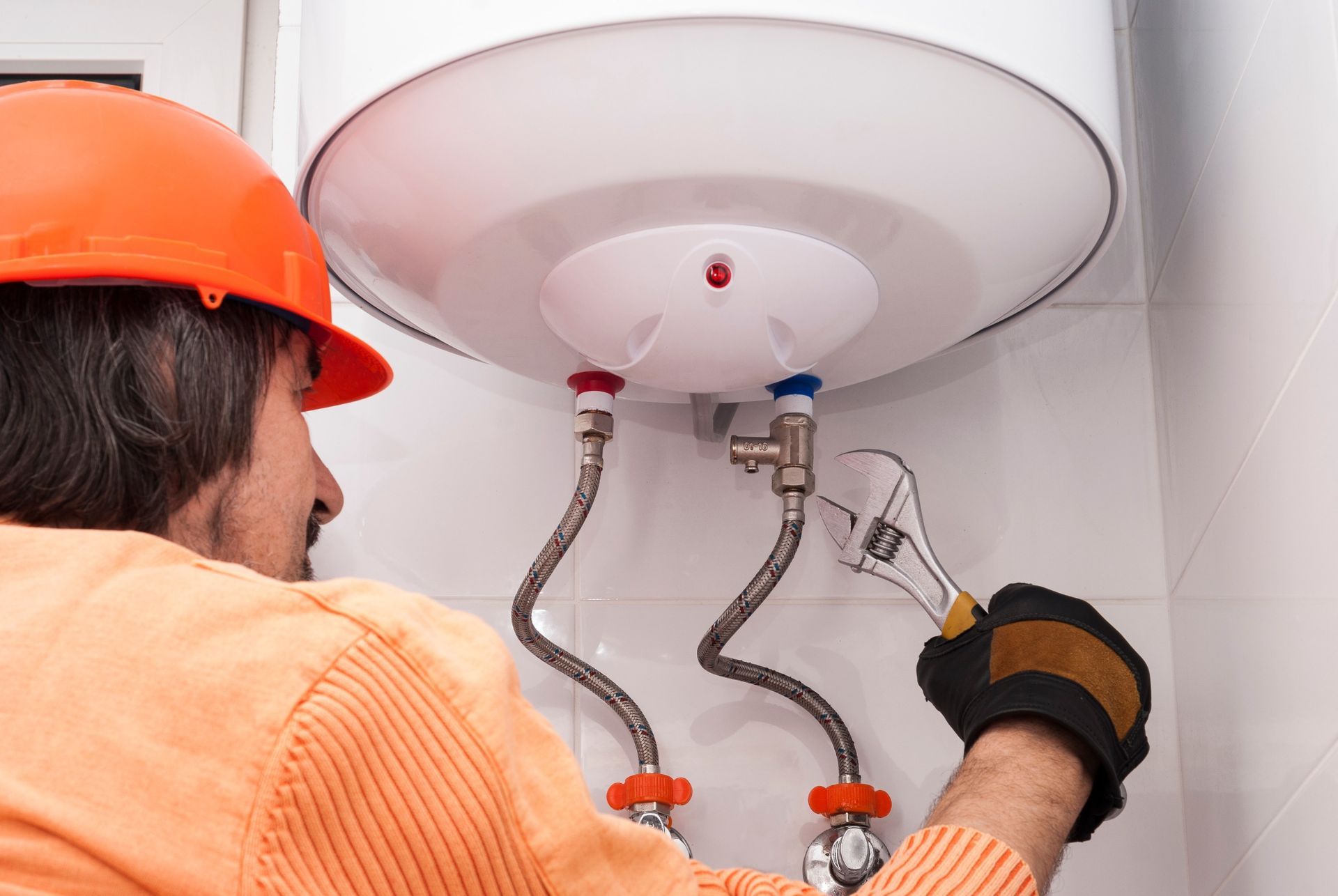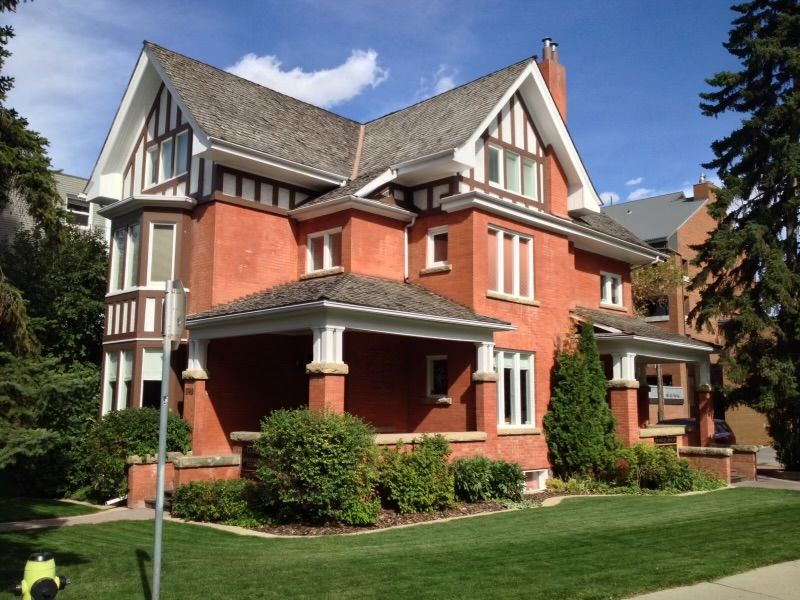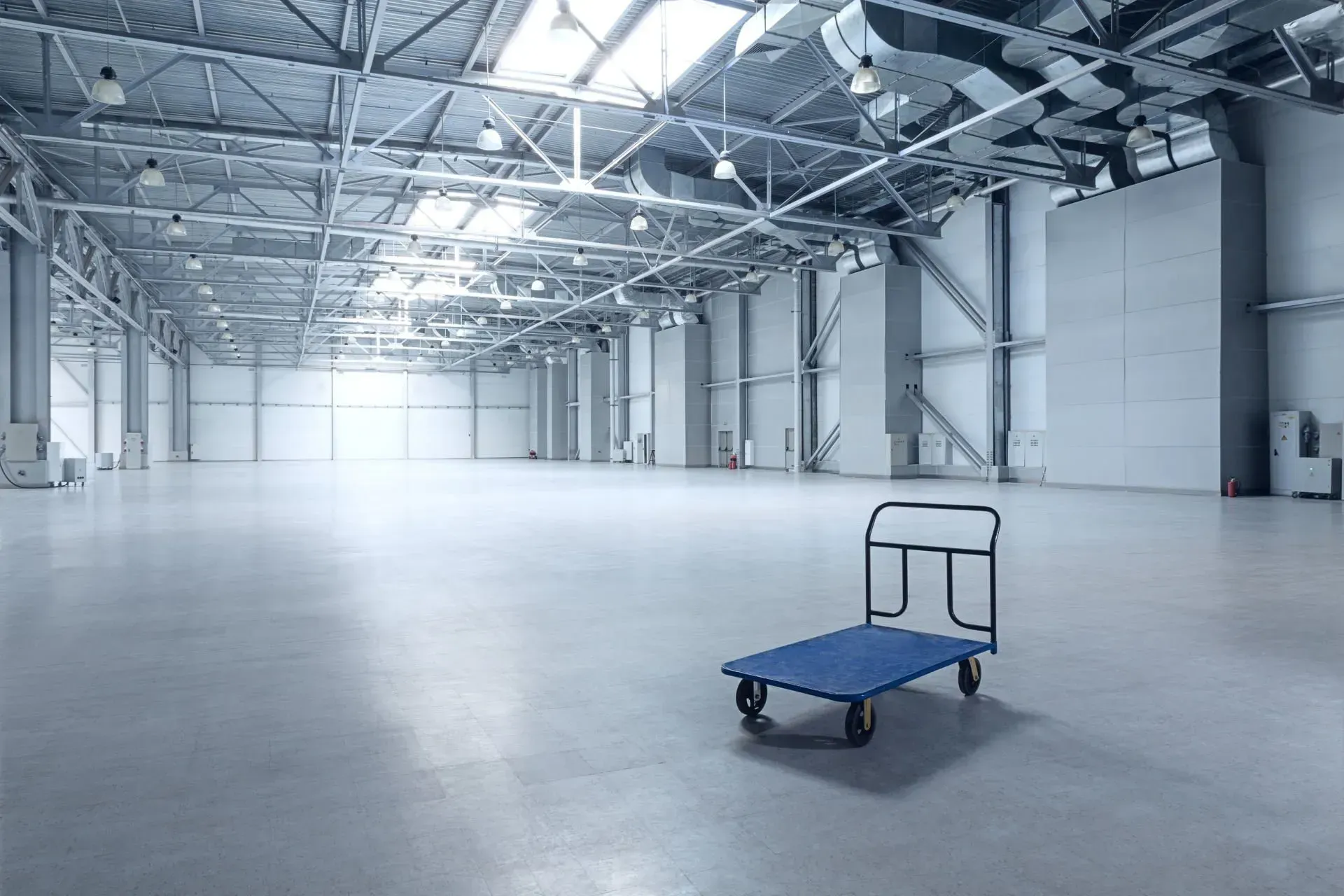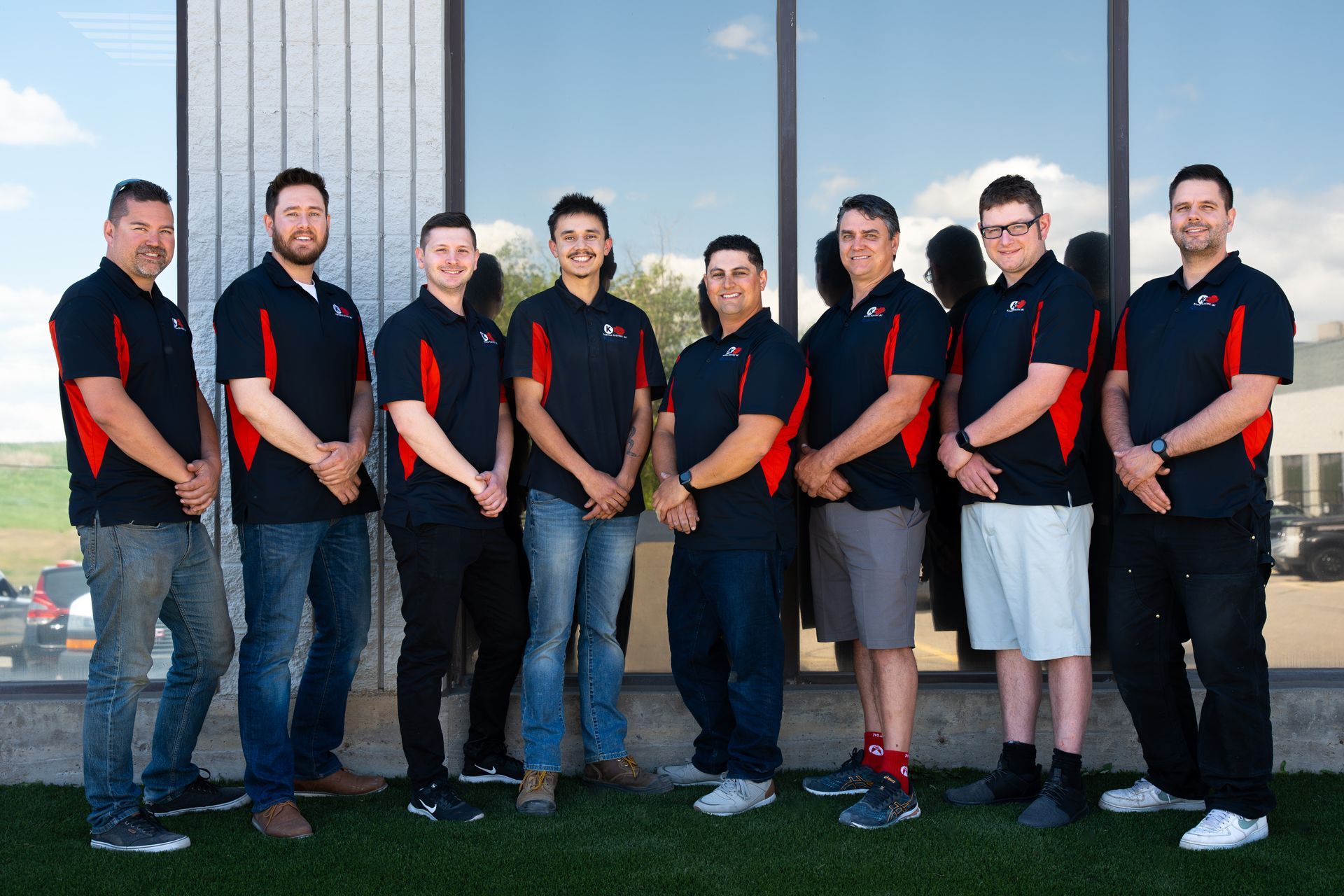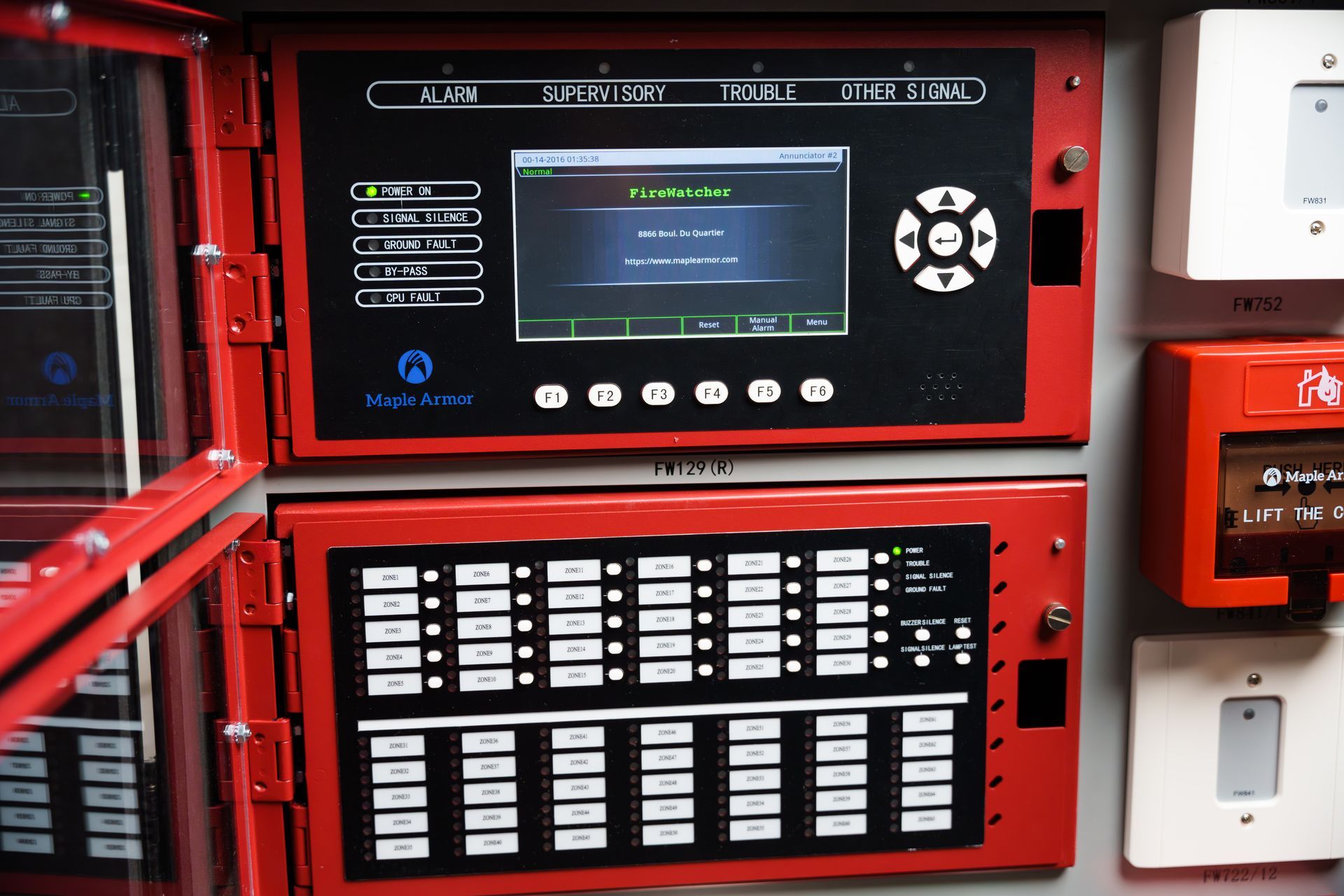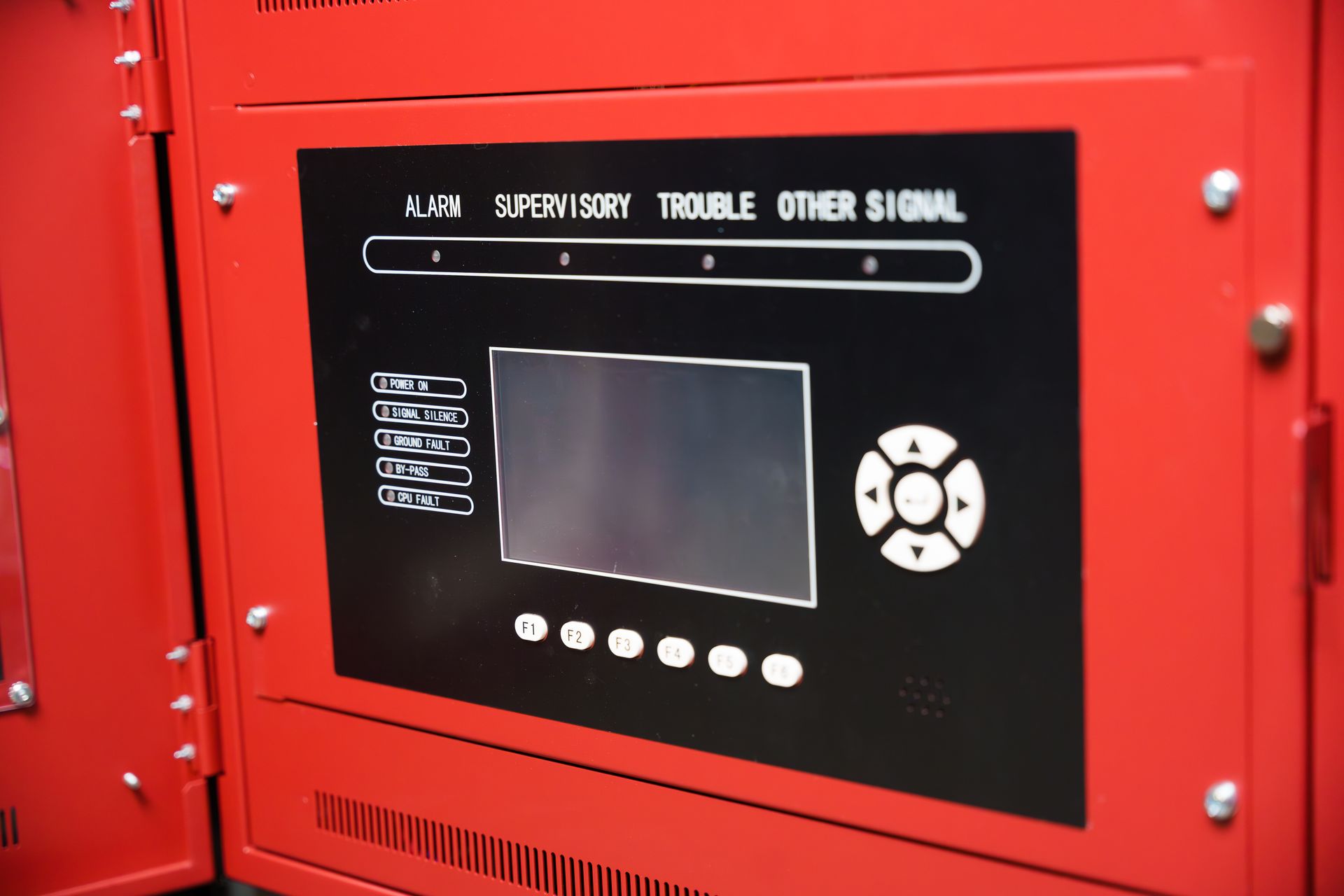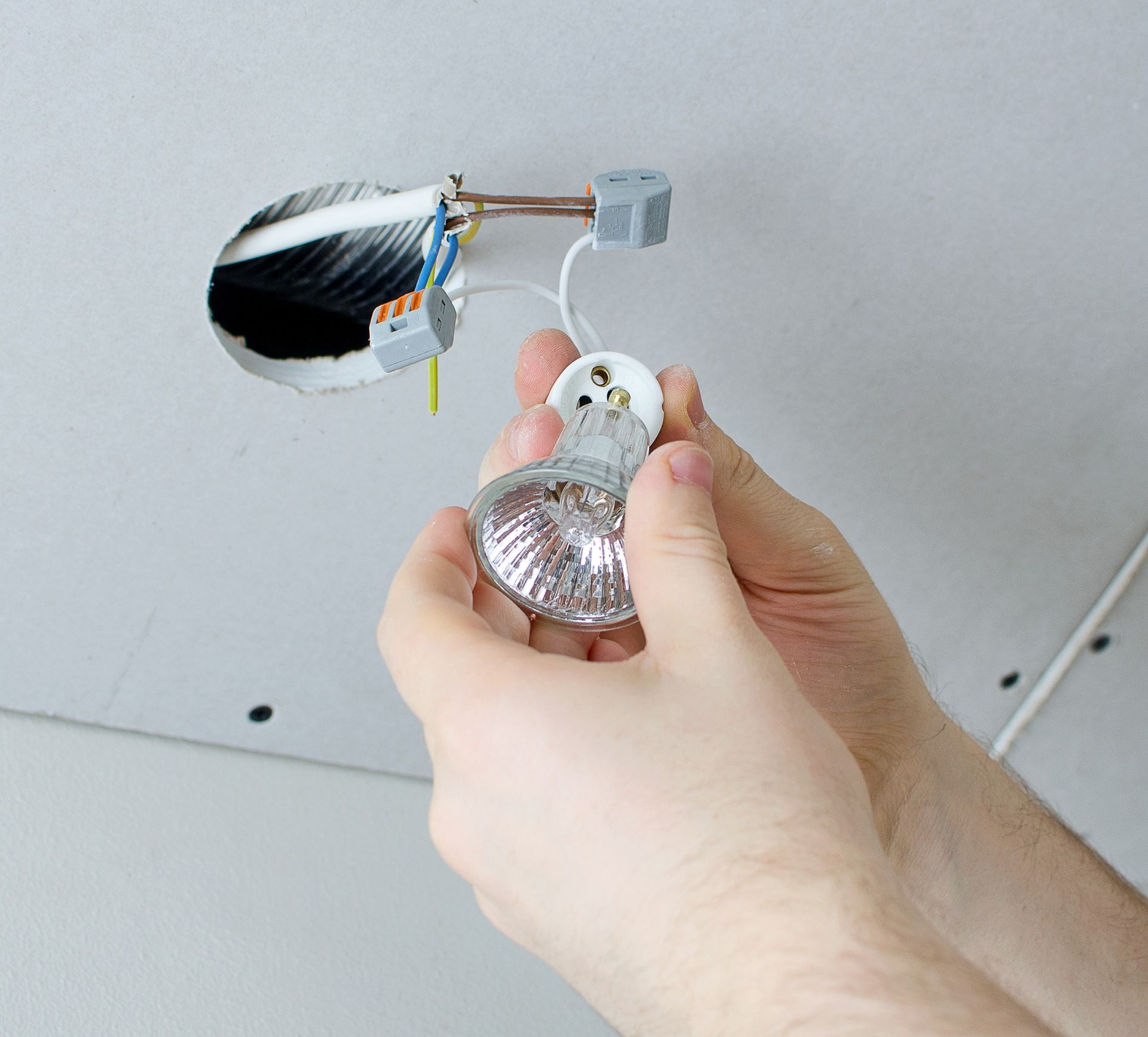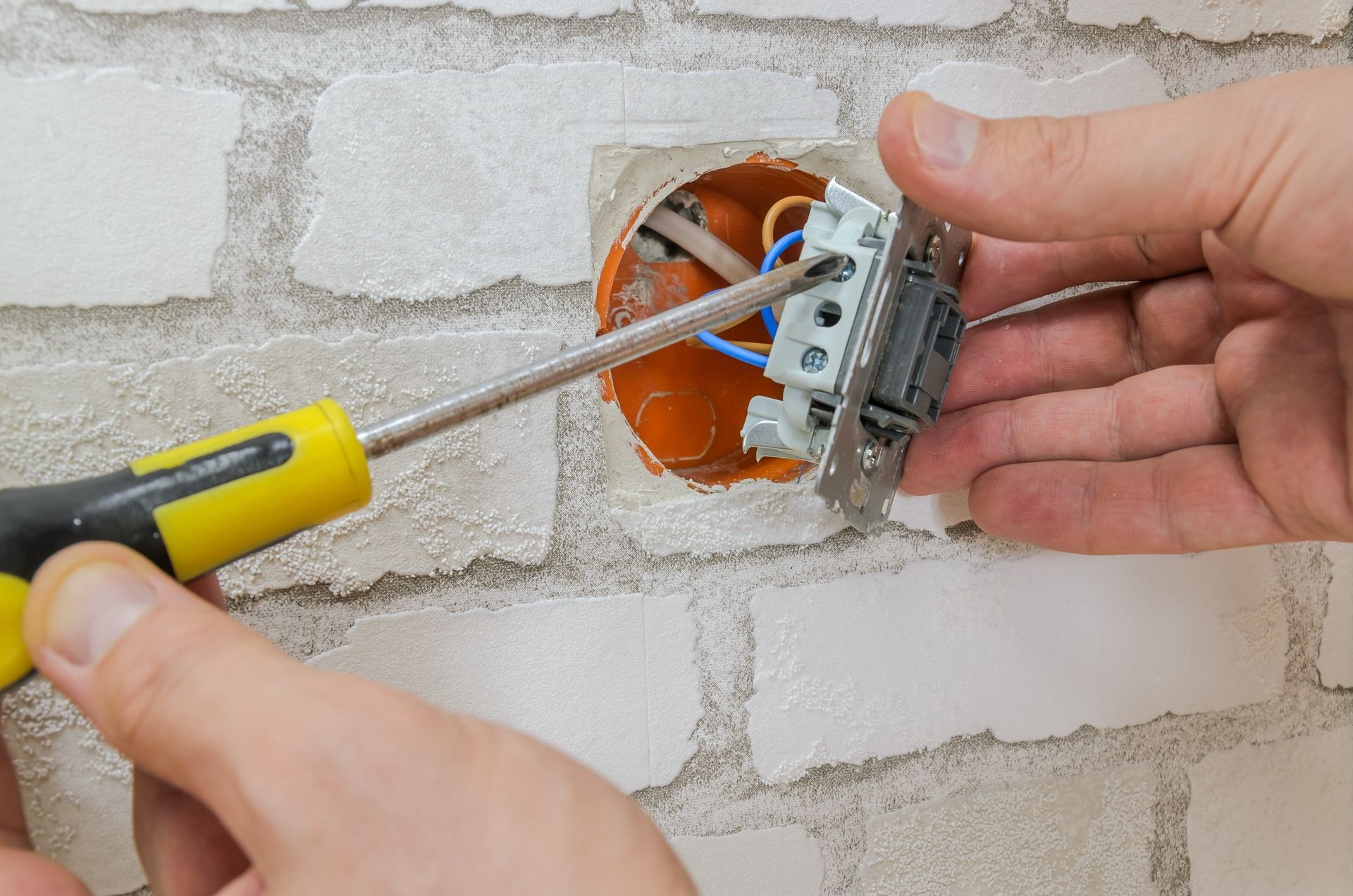What are the 3 Types of Electrical Wiring in Commercial Buildings?
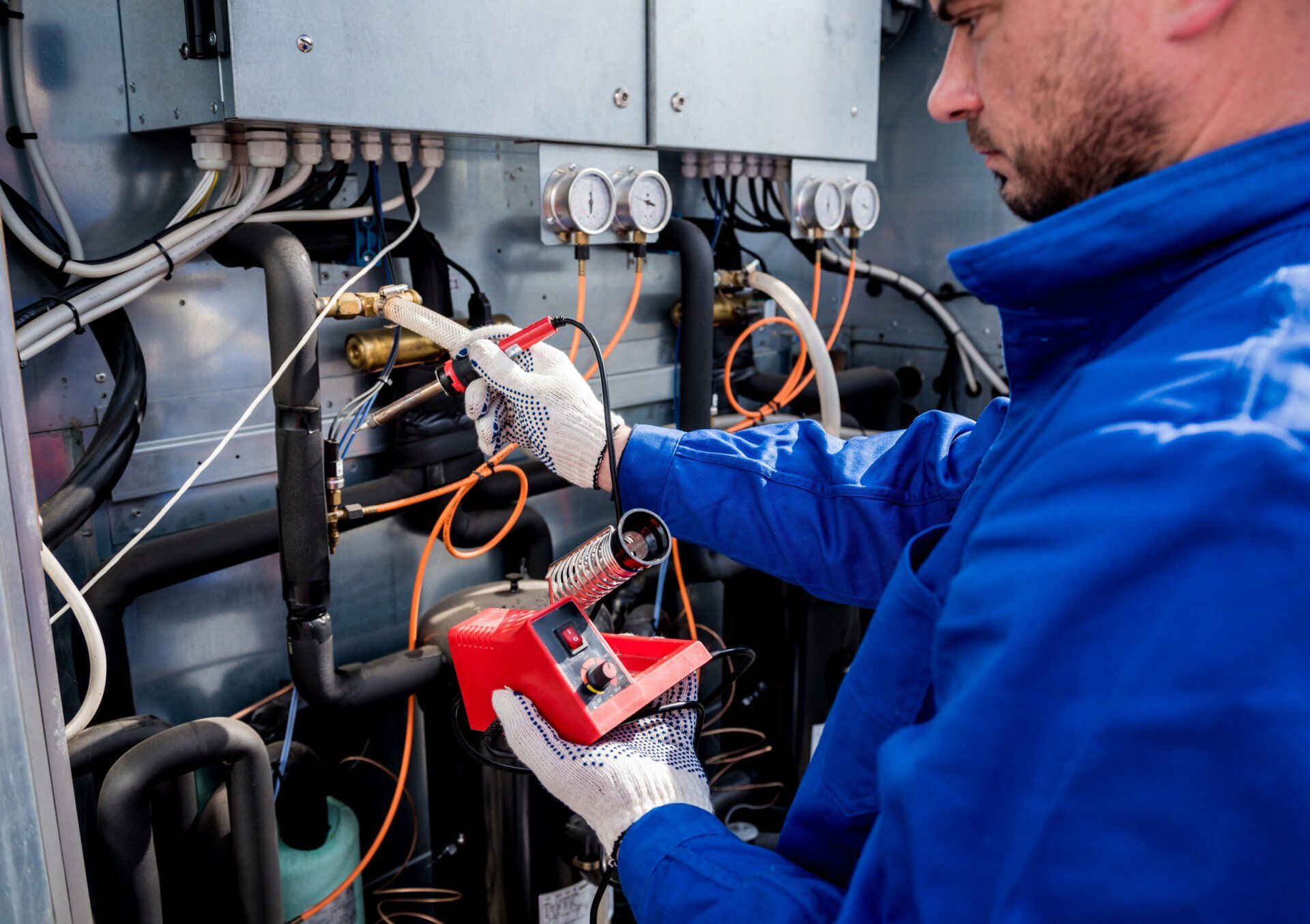
The wiring requirements of a commercial building are different from that of a residential building. Commercial properties such as factories and office buildings have heavy machinery and hardware systems that load the wiring. You need appropriate safety measures to run these pieces of equipment. There are multiple types of electrical wiring systems used in commercial buildings.
Here’s what you need to know about three major electrical wiring systems used in commercial establishments.
Raceways & Conductors
It is one of the most prevalent wiring methods used in commercial electrical wirings. The conductors and raceways pass electrical currents through rigid nonmetallic conduits with multiple insulated phases in this wiring system. THHN/THWN, XHHW, materials with copper or aluminum are used as conductors.
Benefits of Raceways and Conductors
- You can use them in places with extreme temperature fluctuations and chances of physical damage.
- Raceways can be easily used for remodel projects.
- They are flexible, and you don’t have to worry about endless openings to protect against elements.
Disadvantages of Raceways and conductors
- They are expensive to install.
- The PVC softens in high temperatures and is a poor electrical insulator.
Busways
Busway wiring is designed with a metal enclosure and contains bus bars pre-mounted at the factory. They can also be incorporated into the raceway system to accommodate several wire types.
Benefits of Busways
- You can specify Busways in different sizes, and they are readily available anywhere in Canada.
- They are a cost-effective option for existing buildings as they are compact.
- They are also known for their performance and reliability.
Disadvantages of Busways
- Busways cannot be used in locations subject to physical damage.
- If your building needs a vertical rack, there will be limited space for bus plugs.
Cable Assemblies
Cable assemblies or wiring harnesses have multiple conductors with both bare and insulated phases. They are factory assembled for easy installation and are available in various conductor configurations to suit varied requirements.
Advantages of cable assemblies
- They have minimal one-time installation costs, making them a cost-efficient option.
- The vibration and noise are low compared to other wiring systems.
- Some cable assemblies like MI safe are fire-resistant for up to 30 minutes for over 1230 degrees Fahrenheit.
Disadvantages of cable assemblies
- Assembly wiring needs to be supported at short space intervals during installation.
- You cannot make changes to the wiring once it is installed.
- They are not suitable for locations subject to physical damage.
All these wiring systems have their pros and cons. You need to choose the best wiring option for your commercial building after considering your budget, safety, and building power requirements. A professional electrical company like Kantra Electric can help you make the right choice.
About Kantra Electric Inc
If you are looking for a reputable company to help install a solar power system in your home in the Calgary region, Kantra Electric is what you need. With over 30 years of industry experience, we pride ourselves on the excellent quality and unmatched workmanship we provide. Our services include electrical installation in new homes, renovations, fire alarm installation and repairs, and solar power installation, among others. You can reach out to us at 4033897414 or fill out our online contact form to know more.
